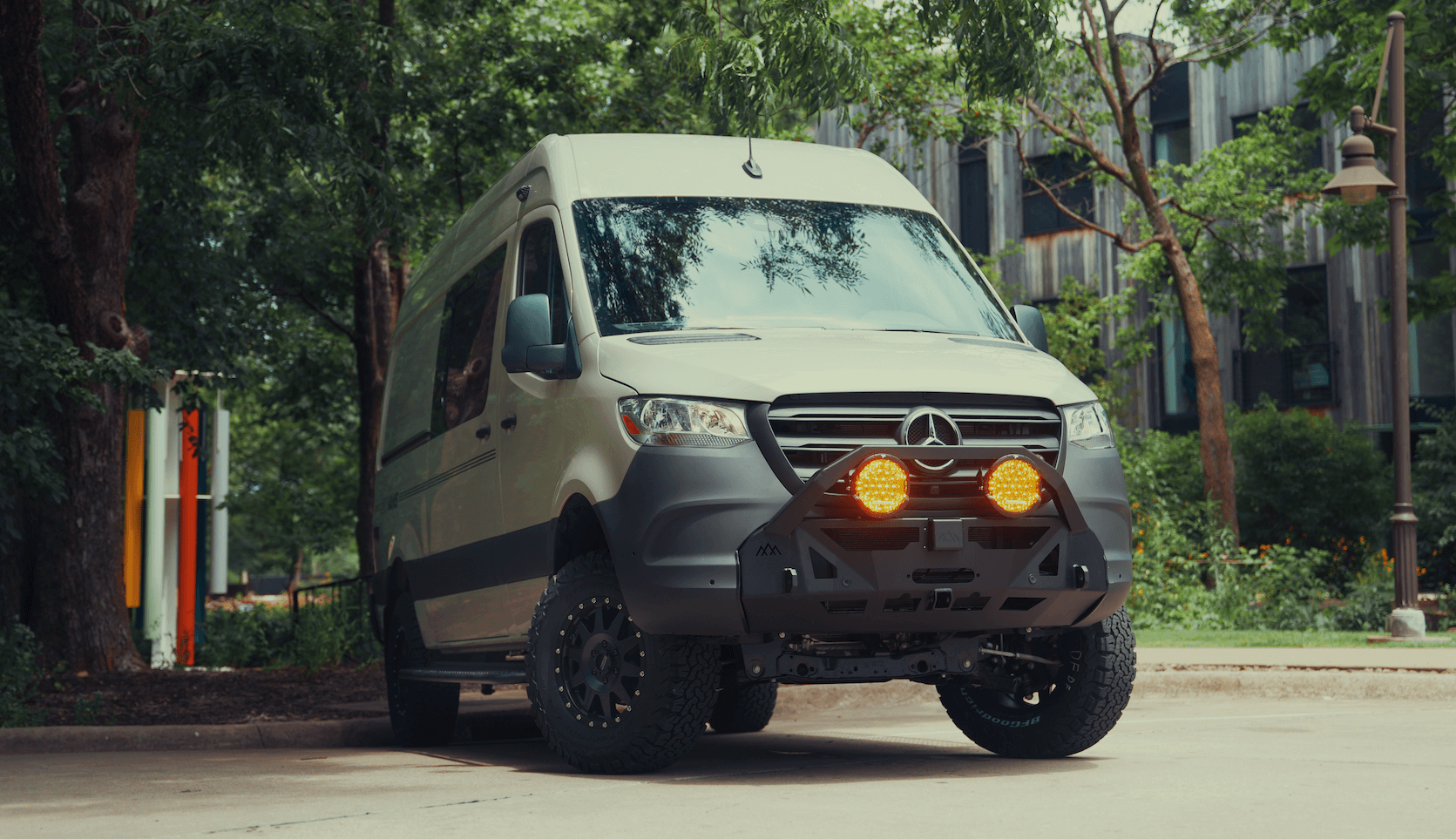Recreational Vans

Van supported hiking on the Appalachian Trail centers on one idea: hikers carry only what they need for the day while a support vehicle leapfrogs to the next access point. This approach reduces fatigue, increases daily mileage, and lowers risk during storms or heat waves. The van becomes a rolling basecamp that offers hot meals, dry layers, and a safe place to sleep on town nights.
Support can be full time for a thru hike or focused on a single state. Many crews use a rhythm of morning drop, evening pickup, and planned zero days when weather turns or morale needs a boost. Because the trail crosses long ridgelines, the support driver often takes valley roads that reconnect with the route at gaps, state parks, and forest service trailheads.
Common tasks include grocery runs, water restock, laundry, battery charging, and injury checks. A good plan maps daily targets, bailout points, and a few stretch goals. Flexibility is key. If a thunderstorm stalls progress, a safe regroup at the van beats pushing over exposed ridges.
These are popular spots with road access and nearby services. Always confirm current parking rules and seasonal road closures before committing to a pickup.
Spring brings slick roots and fast changing weather in the South. Summer heat and storms dominate mid sections. New Hampshire and Maine require careful pacing due to rugged scrambles and exposed alpine stretches where support timing matters most. Build buffers in your schedule during peak bug seasons and holiday weekends when parking fills early.
Parking regulations vary by state, park, and forest district. Some lots allow overnight parking, others prohibit it. Post clear notes on your vehicle with contact details and expected return time. When in national parks, follow permit requirements and designated parking rules. In towns, ask local law enforcement or outfitters about safe, legal overnight options.
Cell coverage is inconsistent. Plan check in windows, leave written notes under windshield wipers, and carry satellite messaging for emergencies on remote stretches. Share a master itinerary with a trusted contact who is not on the trip. If hikers miss a rendezvous, define a default return point to avoid crossed paths.
Food handling and waste management are critical. Use animal resistant storage, lock coolers, and cook away from trailheads when possible. Respect quiet hours at all times. Leave no trace principles apply to vehicles too. Keep drip pans for cooking gear, pack out all trash, and avoid idling.
A simple ritual at each pickup keeps days smooth: shoes off, feet checked, electronics on charge, calories in, plan reviewed, sleep.
Three day section shakeout: Choose a stretch with several road crossings, such as Damascus to Grayson Highlands. Aim for 12 to 15 miles per day. The driver scouts the next lot midday, confirms parking, and returns to the pickup. Hikers carry water, layers, and lunch while the van handles dinner and recovery.
Seven day push with a zero: In Shenandoah, use Skyline Drive overlooks for daily access. Target 15 to 18 miles on rolling terrain, then schedule a zero in Waynesboro or Front Royal. The van resupplies midweek and rotates socks, maps, and batteries. If storms hit, reroute to a sheltered lot and adjust the next two days rather than forcing miles.
Thru hike cadence: In the South, build momentum with consistent 12 to 15 mile days. In Virginia, consider a few 20 mile days with early shuttles and late pickups. In the Whites and Maine, drop targets to respect terrain. The driver scouts lots early, logs distances between bailouts, and keeps a weather eye on ridge forecasts.
Slackpacking with a support vehicle cuts risk while boosting morale. Meals are hot, packs are light, and decisions are calmer when made around a map on a clean surface. A well organized van turns chaos into a routine that hikers trust.
Now imagine that basecamp dialed to your plan. Quiet cabin heat for cold dawn drop offs. Fridge space zoned for quick grab bags. Bright scene and task lighting that preserves night vision during late pickups. Power for GPS units, phones, and headlamps without running the engine. Secure drawers for first aid and repair kits so nothing gets misplaced in the rush. That is the difference a purpose built adventure van makes on long support trips.
If your current vehicle needs more range, storage, or lighting to handle this rhythm, a thoughtfully upgraded build can remove friction you feel every day on trail support. Power systems sized for your gear, modular storage to separate clean from dirty, and recovery gear for rough gravel access roads make a real difference when the schedule is tight and the forecast is messy.
Strong planning builds safe and memorable Appalachian trail van support trips. With the right route notes, flexible timing, and a van configured as a reliable basecamp, your crew can move efficiently from Georgia to Maine or savor a single state with less stress and more trail time. When you are ready to outfit a vehicle for this mission, choose a shop that knows trail life, off grid systems, and clean handoffs at tired o clock.
Get your support rig dialed. Our team designs and builds adventure vans that thrive in trail logistics with organized storage, dependable power, and durable finishes that stand up to daily load in and load out. Tell us your route and timeline, and we will map a build that fits your crew and budget.
Explore recreational adventure vansReady to turn your vehicle into a dependable Appalachian Trail support rig? Tell us your route, crew size, and timeline. OZK Customs builds quiet power, organized storage, heated water, and reliable lighting into adventure vans so your hikers stay light and your logistics stay easy. Start your build plan today and be trail ready on your target date.
ADDRESS:
6159 E Huntsville Rd, Fayetteville, AR 72701
PHONE:
(479) 326-9200
EMAIL:
info@ozkvans.com